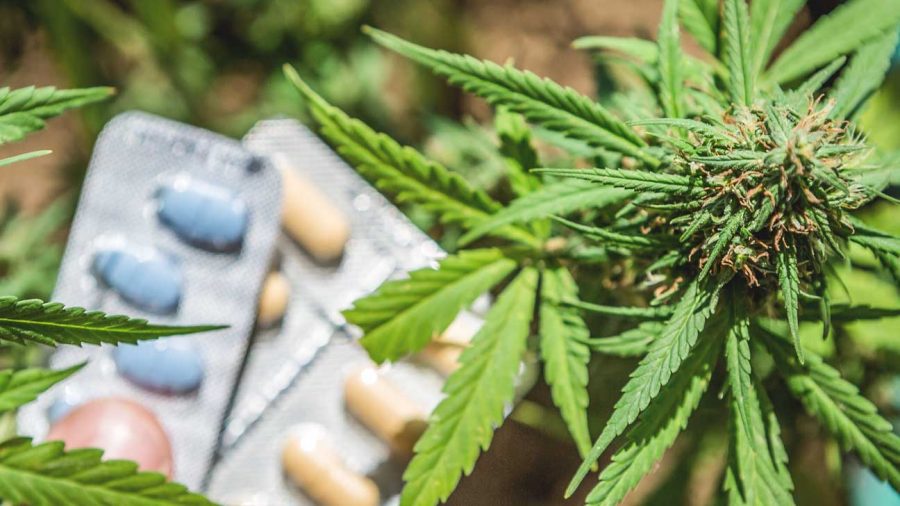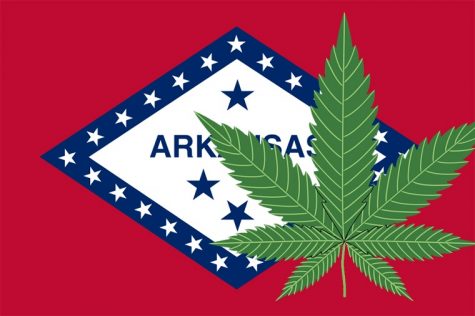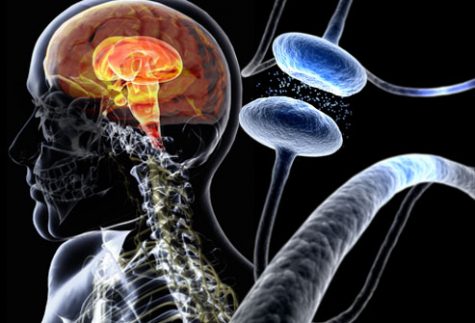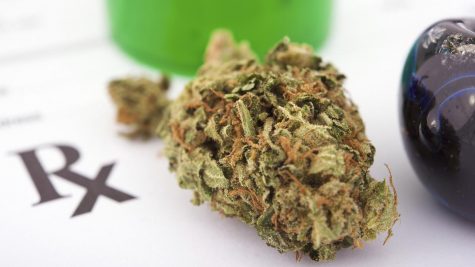Could cannabis stop America’s health crisis?
Drugmakers are taking huge strides towards the creation of cannabis-based painkillers
Did you know that the leading cause of death in the United States is prescription drug overdose?
Based on the findings of a report conducted by the Centers for Disease Control and Prevention, 63,600 people died from opioid-related drug overdoses in 2016. That’s more than the number of lives lost to breast cancer in the same year.
In an attempt to address America’s health crisis, doctors are prescribing medical cannabis to replace opioids. Cannabis, unlike opioids, is not addictive and therefore will not lead to dependence.
According to one study, medical cannabis patients claim that cannabis is equally as effective (if not more) than opioid-based medications. This is particularly true when using cannabis to treat pain.
What do opioid medications do?
 The term ‘opioids’ or ‘opiates’ is an umbrella term for a wide range of pain-relieving drugs, including morphine, codeine, and heroin.
The term ‘opioids’ or ‘opiates’ is an umbrella term for a wide range of pain-relieving drugs, including morphine, codeine, and heroin.
Opiates are produced using the milky fluid contained in unripe poppy seed pods. It is also possible to synthesize them inside a laboratory.
When these drugs react with opioid receptors in the body, they can ease the symptoms of pain. Located within the brain cells, opioid receptors transmit signals that alter the human perception of pain and enhance feelings of pleasure.
Opioids tend to produce morphine-like effects and they fall under an endless list of brand names, including OxyContin, Percocet, Vicodin, Percodan, Tylox, and Demerol. Patients may experience abuse, addiction and withdrawal symptoms when using opiates.
How are opioid painkillers dangerous?
 Although opioids are effective in relieving pain, they are also incredibly dangerous when misused. Opioid users commonly report feeling sleepy after using these drugs in small doses.
Although opioids are effective in relieving pain, they are also incredibly dangerous when misused. Opioid users commonly report feeling sleepy after using these drugs in small doses.
Increasing the dose is where the danger factor comes in because opioids can slow heart rate and breathing. As a result, death could occur.
The good news is that drugmakers are taking huge strides towards the creation of cannabis-based painkillers.
Currently, there are no U.S. Food and Drug Administration (FDA)-approved painkillers derived from cannabis. Nonetheless, companies such as Intec Pharma, Nemus Bioscience and Axim Biotechnologies are in the development phase.
Why is medical cannabis a good substitute for opioids?
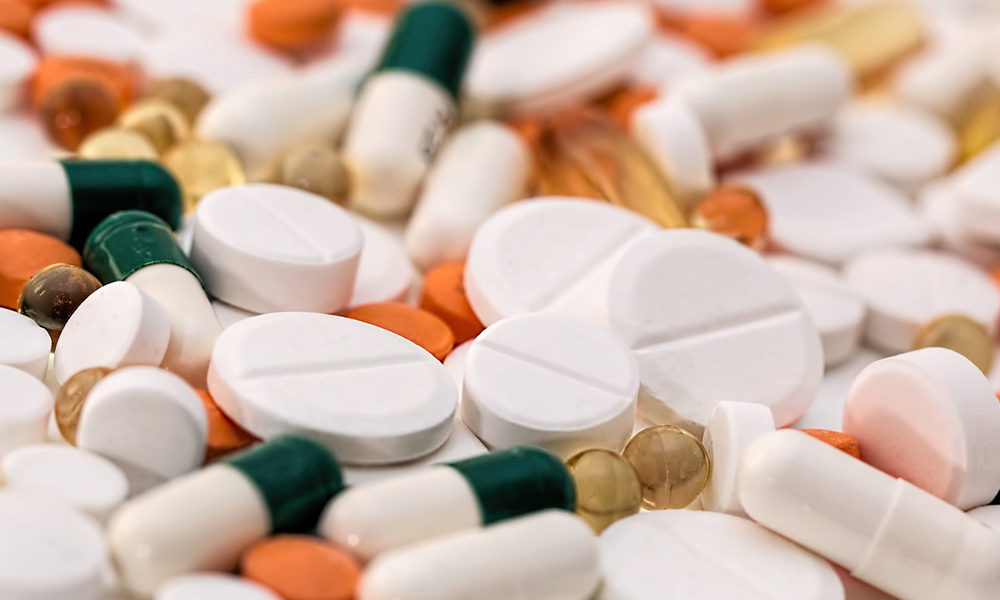 Once upon a time, cannabis was stocked on pharmaceutical shelves. In fact, the plant’s origins date back to the ancient world.
Once upon a time, cannabis was stocked on pharmaceutical shelves. In fact, the plant’s origins date back to the ancient world.
As the world learns more about medical cannabis, more people are embracing the green cannabinoid-containing plant.
Cannabinoids are what scientists like to call cannabis compounds. Two of the most well-known compounds include a psychoactive cannabinoid called Tetrahydrocannabinol (THC) and its non-psychoactive cousin, Cannabidiol (THC).
Interestingly, THC shares similar analgesic effects with opioids. Now, just to clarify, THC is what makes cannabis consumers feel “high.”
While THC binds to CB1 and CB2 receptors in the endocannabinoid system (ECS), opioids join with opioid receptors. Both are capable of blocking pain signals deep inside the nervous system.
Learning to safely replace opioids with cannabis-based medicine
Cannabis to replace opioids will not cause deadly overdoses. Side-stepping the undesirable side effects of opioids can be accomplished if you substitute over-the-counter pills for medical cannabis.
To avoid relapsing from opioids, patients are advised to gradually reduce their opioid intake and substitute with cannabis. As time progresses, patients ought to assess their symptoms and determine whether or not the dosage is working. If so, the cannabis dosage can be increased and the opioid dosage further reduced, until the patient is opiate-free.



